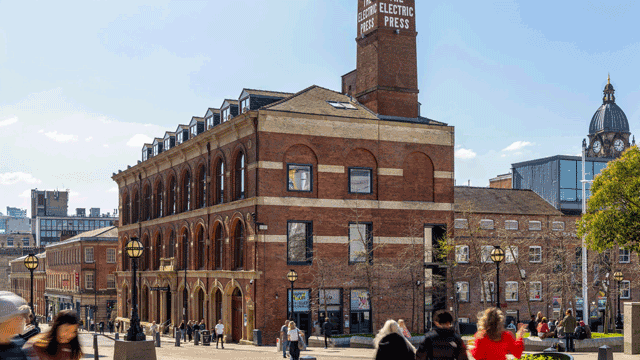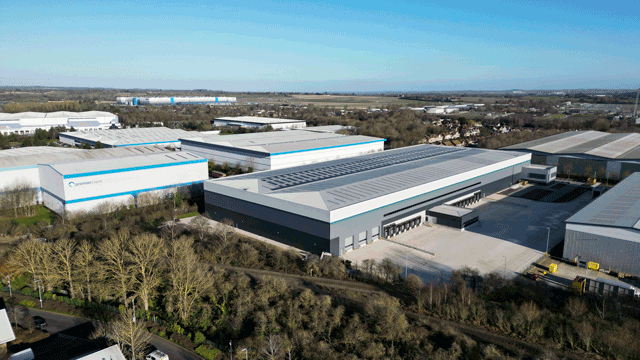Conversion of house to flats – Tenants of same landlord occupying flats – Plaintiff tenant’s reasonable use and enjoyment interfered with by noise from ordinary use of adjoining flat – Whether landlord liable for nuisance – County court holding landlord not liable – Court of Appeal dismissing claim
In 1975 the defendant council converted a property known as 1 Marsden Street, London NW5, which was the Victorian end of a terraced house, into three one-bedroom flats, one on each floor. The conversion included the replacement of the plaster and lath ceilings with skimmed plasterboard, since at that time there was no statutory requirement in London to provide sound insulation. The only noise barriers between the flats were plasterboard ceilings and the wooden floors, which were in poor condition. They remained in the same condition. The plaintiff became a secure tenant of the first-floor flat in July 1992. The tenancy was on the council’s standard terms, which required them to keep the structure and premises in repair. There was no contractual or statutory obligation to carry out internal repairs or improvements. The plaintiff complained of noise from the flats above and below. The council identified the problem as being due to poor soundproofing but took no action. The county court dismissed the plaintiff’s claim. The Court of Appeal remitted the plaintiff’s claim for rehearing before a different judge. The judge found that there had been undue interference with the plaintiff’s use and enjoyment of her flat. However, he concluded that the council were not liable, because a tenant who took premises in a defective condition could not complain unless statute or the terms of the tenancy enabled him to do so, which they did not.
Held The appeal was dismissed.
1. The ordinary use of premises could only give rise to a nuisance if the use was unusual or unreasonable having regard to the purpose for which the premises were constructed. The conversion of the house in 1975 had not changed the purpose for which the house was used, and there was nothing unusual or unreasonable about the conversion, which had been effected in accordance with the building standards of the time. In those circumstances, it could be concluded that nothing had been done that made the ordinary use of the converted house a nuisance. Therefore, the noise that the plaintiff complained of was not capable of giving rise to a liability in nuisance: Ball v Ray (1873) LR 8 Ch App 467, considered; Sampson v Hodson-Pressinger [1982] 1 EGLR 50 distinguished.
2. In any event, even if the nuisance had been established there was no cause of action against the council, as landlords, by virtue of the principle that where a landlord lets an unfurnished house or flat there is no implied covenant that it is fit for habitation: Cheater v Carter [1958] 1 KB 247 and Cavalier v Pope [1906] AC 428 considered.
James Goudie QC and Zia Nabi (instructed by Goldbergs) appeared for the appellant; Andrew Arden QC and Christopher Baker (instructed by the solicitor to Camden London Borough Council) appeared for the respondents.
Tom Elliott, barrister









